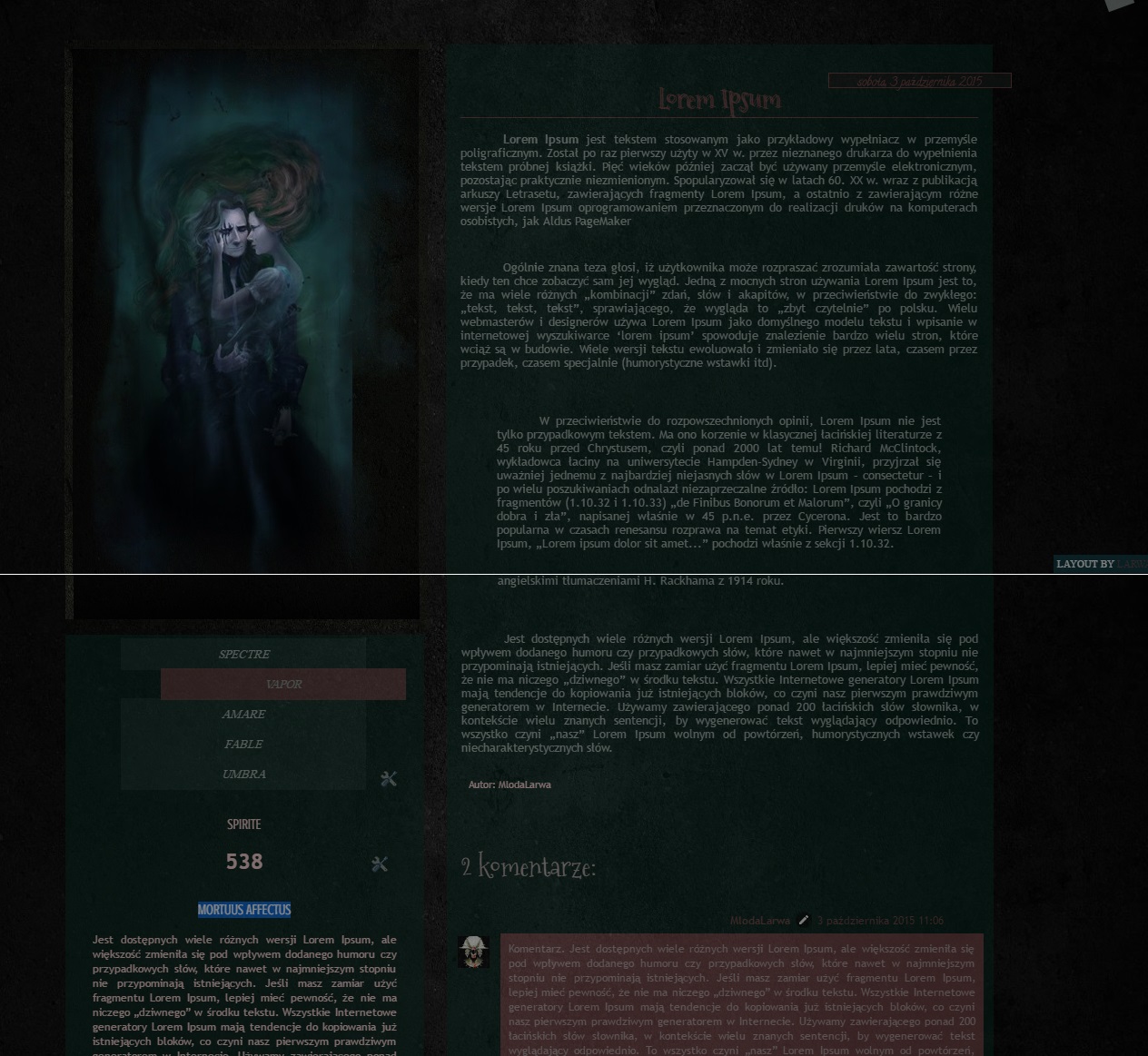
The study of motivation by science education researchers attempts to explain why students strive for particular goals when learning science, how intensively they strive, how long they strive, and what feeling and emotions characterize them in the process. Motivation is an internal state that arouses, directs, and sustains behavior.


With the separation of attitude from cognition, and the emergence of belief as a construct thought to explain the actions of learners, attitudes became less important. This shift in theoretical orientation saw attitude aligned with affect, or feeling, and belief with cognition. A second reason for the decline is that research paradigms in social psychology and educational psychology that had influenced research in science education shifted from a behavioral to a more cognitive orientation (Richardson, 1996).

Many studies produced results that provided little direction for improving classroom practice or advancing research in the field. After almost three decades of proliferation, attitude research in science education began to wane in the 1990s, in part because attitude researchers seemed to reach an empirical plateau. What are the potential contributions of affective constructs besides attitude and motivation to enhancing science teaching and learning?Īttitude is commonly defined as a predisposition to respond positively or negatively toward things, people, places, events, and ideas.How might understandings about the nature of science (i.e., science is reflective of culture and the personalities of scientists) be used to promote attention to the affective domain in science teaching and science education research?.How can the relationship between the affective domain and cognitive domain be further clarified for science teachers and science education researchers?.Attitude and motivation are indeed the most critically important constructs of the affective domain in science education. A contemporary view is that the "affective dimension is not just a simple catalyst, but a necessary condition for learning to occur" (Perrier & Nsengiyumva, 2003, p. Reasons for this imbalance include the "archetypal image of science itself," where reason is separated from feeling, and the "long-standing cognitive tradition" of science education research (Alsop & Watts, 2003, p. While the affective dimensions of science learning have long been recognized as important, they have received much less attention by researchers than have the cognitive dimensions. affective variables being "add-ons" to investigations of cognitive learning.underdeveloped assessment practices, including scale construction.confusing definitions of affective constructs.Research in the affective domain is limited by The affective domain (from the Latin affectus, meaning "feelings") includes a host of constructs, such as attitudes, values, beliefs, opinions, interests, and motivation.

See a PowerPoint presentation by this author, Affective Domain and Key Issues, presented at the 2007 Affective Domain workshop. Framework for the Affective Domain in Science Education By Thomas Koballaĭepartment of Mathematics and Science Education, University of Georgia


 0 kommentar(er)
0 kommentar(er)
